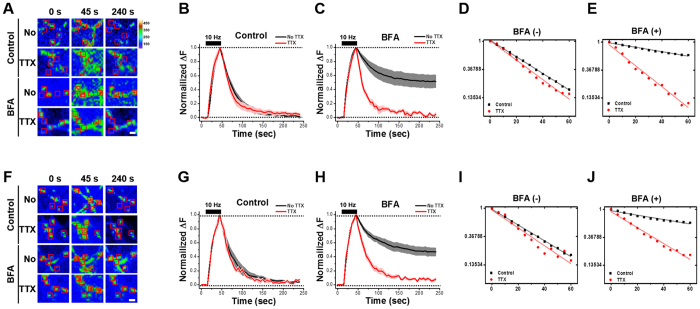Figure 6. The extent of BFA-sensitive SV retrieval is regulated by either chronic or acute changes in neuronal activity.
Neurons at DIV 14 were treated with TTX for 48 h (A–E) or 30 min (F-J). Representative fluorescent time-lapse images of presynaptic boutons of SypHy transfected neurons after either chronic (A) or acute (F) TTX pretreatment followed by a stimulus of 300 APs at 10 Hz in the presence or absence of 10 μg/ml BFA (acute: n = 202 neurons from 16 independent coverslips for No TTX, n = 41 neurons from 5 independent coverslips for TTX; chronic: n = 287 neurons from 15 independent coverslips for No TTX, n = 128 neurons from 14 independent coverslips for TTX). Rectangular regions of interest were drawn around the synaptic boutons, then average intensities were calculated. Right: heat-map for pseudo-colored fluorescence intensity. Scale bar: 1 μm. Average SypHy fluorescence intensity profiles of the respective boutons (B,C and G,H). Semilog plot of each of the traces in the TTX-treated neurons with treatment time of 48 h (D,E; k = 0.029 s−1 for control; k = 0.034 s−1 for control with TTX) and 30 min (I,J; k = 0.011 s−1 for BFA only; k = 0.026 s−1 for BFA with TTX). TTX pretreatment completely abolished BFA-induced inhibitory effect on endocytosis. Data are presented as means ± SEM.

